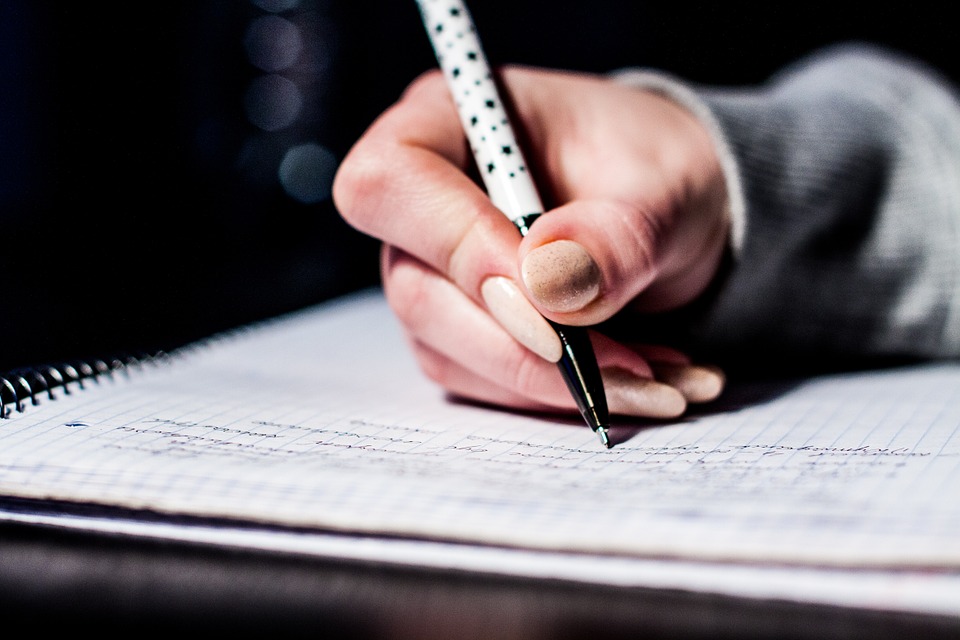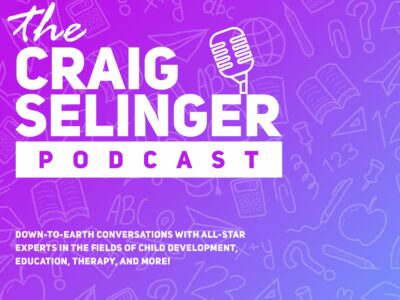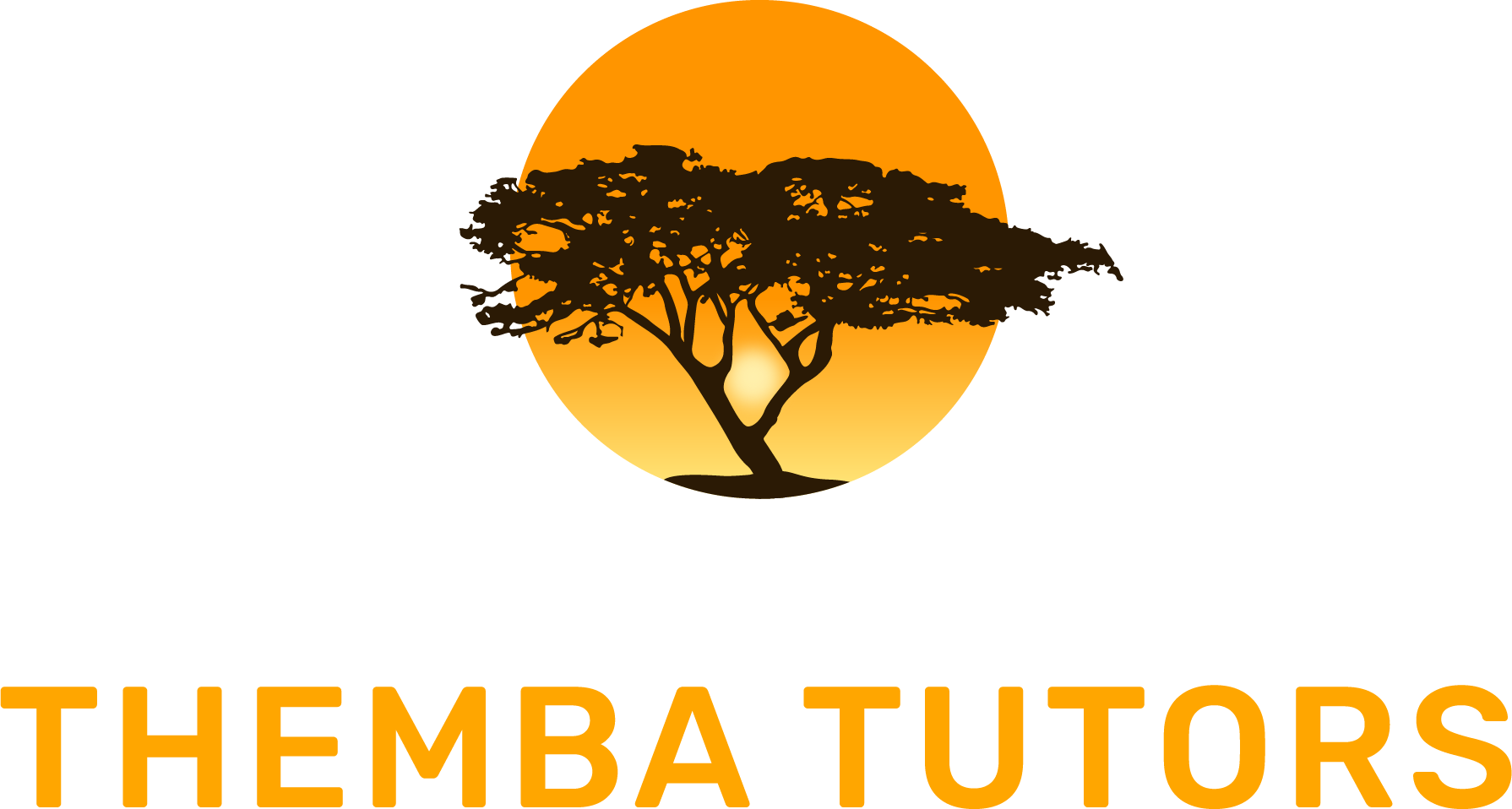Top Dysgraphia Tutors, Coaches and Learning Specialists in the NYC Metro Area
Top Dysgraphia Tutors, Coaches and Learning Specialists in the NYC Metro Area | At-Home Visits and Free Consultations. PRIVATE PAY TRAVELING TO:
New York City (NYC)
Manhattan
Brooklyn
Queens
Staten Island
Bronx
Long Island (including the Hamptons)
Westchester
New Jersey (NJ)
Connecticut (CT)

TESTIMONIALS
What Is Dysgraphia?
Dysgraphia refers to a neurological or brain-based learning disorder affecting writing. Dysgraphia, like all learning disorders, is common in people with ADHD. Dysgraphia is a written expression disorder that hinders one’s writing ability and fine motor skills. It is a learning disability that affects both children and adults, interfering with nearly every aspect of the writing process. This includes spelling, legibility, word spacing and sizing, and expression.
Estimates suggest that five to 20 percent of all children have some form of writing disability, such as dysgraphia. In children with attention deficit hyperactivity disorder (ADHD) or attention deficit disorder (ADD), dysgraphia and other learning disorders such as dyslexia and dyscalculia are common (ADHD or ADD). A learning disorder affects up to half of all children with ADHD in the United States. Get insights into supporting students with disabilities resulting from dyslexia, dysgraphia, and dyscalculia through comprehensive Q&A by NY State Education Dept.


JACOB
Masters of Science in General and Special Education

PETER W
M.S., Ph.D. Literacy Specialist, Writing Coach

GLEN
New York State Licensed Special Education Teacher

DUSTY
Master’s in Special Education

MELISSA C.
Master’s in Education for Students with Disabilities

TOHAR
MA in Clinical Psychology, BS in Integrative Neuroscience

LATOYA
Special Education Teacher

MELISSA S.
Ph.D. Candidate in School Psychology, Master’s in Special Education
**Guarantee: It’s critical that whoever receives our tutoring services connects with the specialist, the specialist has expertise in the area of need, and is available to travel to you. If you are not 100% satisfied with our services, such as dysgraphia specialist near me, we are 100% committed to finding you the right professional.

Podcast Episode 6
The Language Of Writing And Language-Based Learning Disabilities
Language is all about communicating expressively and effectively through sounds and listening, reading, and writing. And for many children who struggle with language, this can lead to further issues with literacy, such as learning to write and peers.
Watch this video with Dr. Anthony Koutsoftas, Ph.D., CCC-SLP, speech-language pathologist, professor of speech-language therapy at Seton Hall University, and learn more about why writing is one of the most difficult skills to master and the pivotal roles that speech-language pathologists play in literacy.
WHAT IS DYSGRAPHIA?
What Are Dysgraphia Symptoms?
Dysgraphia can be detected early on when a young child struggles to learn to write. However, a disorder of written expression may be overlooked during the early school years as a child’s writing ability develops. Dysgraphia can go undetected until adolescence or even adulthood.
Dysgraphia symptoms include:
- Handwriting that is not legible
- Writes slowly or laboriously
- Using print and cursive letters together
- Letters and words are spaced irregularly
- Incorrect spelling and grammar
- Having trouble gripping a pencil
- Using punctuation marks incorrectly
- Incomplete or run-on sentences and lack of paragraph breaks
- Difficulty organizing thoughts when writing
Dysgraphia symptoms typically change over time. Individuals with dysgraphia typically struggle with writing mechanics and have other fine-motor impairments. Proper pencil grasp development for writing starts a lot earlier than you think in children. Here are some typical pencil grasp development for writing. Dysgraphia in adolescents and adults, on the other hand, is associated with problems with grammar, syntax, comprehension, and generally putting thoughts on paper.
Are You Brainstorming the Right Way?
3 Tips for Brainstorming
Most powerful Note-Taking App, PDF Reader and Annotator, Whiteboard, Digital Planner – All in one
What Causes Dysgraphia?
The cause of dysgraphia is unknown, but adults with dysgraphia are more likely to develop the condition following some trauma or injuries that damage the brain’s parietal lobe. The treatment of dysgraphia differs and may involve treating motor disorders to improve one’s writing movements. Other treatments may address issues such as impaired memory or other neurological issues. Some doctors recommend that people with dysgraphia use computers to avoid handwriting problems.
What Is Acquired Dysgraphia?
It is related to brain injury, disease, or degenerative conditions that cause the individual (typically as an adult) to lose previously acquired skills in writing.
What Is Developmental Dysgraphia?
Refers to difficulties in acquiring writing skills. This type of dysgraphia is most ordinarily considered in childhood. The causes of developmental dysgraphia are unknown, but researchers have identified several subtypes4 that correspond to certain neurological mechanisms:
What Is Motor Dysgraphia?
Dysgraphia has long been associated with a lack of fine-motor coordination, which explains difficulties with writing. Individuals with motor dysgraphia commonly have illegible and slow handwriting, poor drawing and tracing skills, and slow finger-tapping (a common measure of fine motor skills).
What Is Spatial Dysgraphia?
It is linked to issues with spatial perception, which affects letter spacing and drawing ability. Handwriting and drawing are difficult for students and children with spatial dysgraphia, but spelling and finger-tapping speed are usually normal.
What Is Linguistic Dysgraphia?
Affects the language processing skills required for writing, particularly on spontaneously written text (text that has not been traced or copied) that frequently comes out as illegible. Linguistic dysgraphia does not affect drawing, copying, or oral spelling. Linguistic dysgraphia might be a sign of a developmental language disorder and an expressive language disorder.

How is Dysgraphia Diagnosed?
Specialists can use a variety of tools to determine a diagnosis, including:
- School reports
- Psychoeducational measures
- Review of the individual’s developmental, medical, and familial history
- Standardized writing assessments
- General tests for dysgraphia typically include a writing component
- Answering brief essay questions or copying out sentences
- As well as a fine-motor component that tests the individual’s reflexes and motor speed.
The diagnosing specialist will give the child academic and writing tests to gauge their ability to put thoughts into writing and evaluate their fine motor skills. Some factors they will be looking at is how the words and letters are formed and whether the child struggles with the physical act of writing itself.
What Are the Strategies Used in Dysgraphia Tutoring and Coaching?
- Think outside the pencil box. Learning to write is difficult for students who have dysgraphia. Dysgraphia tutors and coaches must be both flexible and creative with their teaching methods. A dysgraphia tutor can experiment with using different types of paper and writing utensils (graph paper is especially useful) and encourage extra practice at home. Handwriting can improve dramatically with practice and effort, according to studies, though it may be difficult for students with dysgraphia. These finger exercises for kids are intended to improve your child’s pencil control and handwriting by increasing the dexterity and skill of the tripod fingers.
- Make writing count. In most cases, students suffering from dysgraphia already know the answer or information they need to write down. However, they have trouble putting it into words. As such, their teachers or dysgraphia tutors must consider whether a written assignment is really the best way to assess their knowledge. When possible, students must be allowed to complete tasks orally. Dysgraphia tutors and coaches should provide typed copies of notes in advance or allow them to use a recording device during learning sessions. Writing Graphic Organizers Bundle: Prewriting and Writing Strategies Activities for 3rd-6th Grade Students.
- Give extra time. As with most students with learning disorders, allowing them to learn at their own speed and giving them extra time to process and understand the lesson is important. Whether it’s letting them begin early of finish late, it’s crucial that students are able to learn at a pace that is comfortable for them.
- Be flexible with grammar and spelling.
- Teach good composition skills. Dysgraphia tutors and coaches should teach students to learn how to properly plan and accomplish a writing assignment. These skills can be challenging to students with dysgraphia, so you need to make sure those steps are obvious for them before students begin. Here are some lessons plans to help students K-12 with their written narratives, informal writing, and it includes story starters.
What Is Dysgraphia Treatment?
Dysgraphia and other learning disorders are lifelong conditions that have no cure. Treatment for dysgraphia focuses on interventions, accommodations, and special services to circumvent writing-related tasks and/or improve writing abilities. Given the nature of dysgraphia, attempts at remediation and “more practice” alone are not enough – accommodations and other modifications are necessary to manage the condition successfully.
We recommend adapted typing techniques and software and Apps to support students with their written work in math, science, and other subjects. Students can print out their work and turn it in.
Several examples include:
- Mod Math– The first free iPad app that helps kids with dyslexia and dysgraphia do math.
- Fx Draw– provides a high-productivity drawing environment designed specifically for mathematics teachers. Quickly create editable, high-quality diagrams for tests, exams, worksheets, websites, presentations, and demonstrations.
- Co:Writer Universal (for Google Chrome and iOS) uses grammar-smart and vocabulary-smart word prediction, translation support, and speech recognition to help unstick ideas and get them to flow in writing.
- Inspiration makes it easy to capture ideas, structure thoughts, and visually communicate concepts to strengthen understanding with the Diagram and Map Views. Offering Concept Mapping, Mind Mapping, Outlining, and Webbing.
- Livescribe– makes the market’s only smartpens that synchronize handwritten notes with recorded audio.
How Can Themba Help You?
At Themba Tutors, we will help elementary, middle, and high school students identify, assess, and manage their difficulties. We will provide them with tools and help them learn the necessary skills to overcome all the challenges that hinder effective learning. Our dysgraphia tutoring and coaching can be customized for all grades and skill levels.
Tutoring, Coaching, Learning Specialists, Academic Tutors Services
We have expertise in:
- Online Tutoring/Coaching
- English, and English Language and Arts (ELA)
- Literature
- Reading (Grades 1-12, and College)
- College Application Essay
- Writing (School-Age, College, and Adult)
- Song, Poetry, and Creative Writing
- Handwriting Tutors
- Math (Grades 1 to 12, College, Adult)
- Pre-Algebra, Algebra I, and Algebra II
- Geometry
- Trigonometry
- Pre-Calculus and Calculus
- Statistics
- Math Word Problems
- Exeter Math
- Biology (High School Biology, and AP Biology)
- Chemistry
- Physics
- Earth Science
- History and Social Studies
- Psychology
- Foreign Languages
- Test Prep (SAT, GRE, SHSAT, ISEE/SSAT, ELA, Regents, TASC, MAP Growth, LOTE Test, GED Test)
- Graduate School & Ph.D. Application Consulting
- Executive Functioning Skills (Grades 4 to 12, college, and adult)
- Adult Dyslexia Tutoring
- Adult ADHD/ADD Coaching
- Study Skills/Test Taking Tutoring
- International Baccalaureate IB Tutors
- Homeschooling
- Digital Literacy
- Computer Science
- Engineering Design
- Python and JavaScript Computer Programming (Coding) Tutoring
- Machine Learning
- Data Analytics, and Data Science
HELPFUL VIDEOS
This video will learn about Dysgraphia tests, symptoms, treatment, types, and examples.
Dysgraphia: Symptoms, Causes, Treatment, Management
In this video, you will learn about the symptoms, risk factors and treatments of dysgraphia.
Chat with Themba Tutors Today! Our Dysgraphia tutors and coaches are ready to help you right now!
FREE CONSULTATION!!!
Call: (917) 382-8641, Text: (833) 565-2370
Email: [email protected]
(we respond to email right away!).

